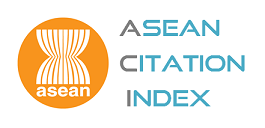Saudi Arabia – Iran’s Foreign Policy Crisis: A Case Study of Execution of Saudi Shia Cleric Shaikh Nimr al-Nimr
Abstract
Abstract
Saudi Arabia and Iran have been in conflict since the Iran revolution in 1979. Three factors shape their relationship: 1) Sunni-Shia disagreement, 2) the rivalry to be the regional power in the Middle East, and 3) the politics in the OPEC. The execution of Saudi’s Shia cleric, Shaikh Nimr al-Nimr, is a continuing phenomenon of the protracted conflict between the two countries. The study found that the root cause of their foreign policy crisis is their rivalries for hegemonic ambition in the Middle East and a quest for leadership in the Muslim world. The sectarian divide between Sunni and Shia plays the most important role to ignite the hatred throughout the region. The impact of the execution was tense, whereby Saudi Arabia and the Gulf States cut diplomatic ties with Iran as a response to the burning of Saudi's diplomatic places by a group of Iranians. However, the tendency toward a war between Saudi Arabia and Iran is unlikely because the highest-level of policymakers of the two countries are rational. They fully realize that if they waged war against each other, the result would be a catastrophe, not only in the region but to the entire world.
Keywords: Foreign policy crisis, Saudi Arabia, Iran, execution of Nimr al Nimr

Indexed in


Search